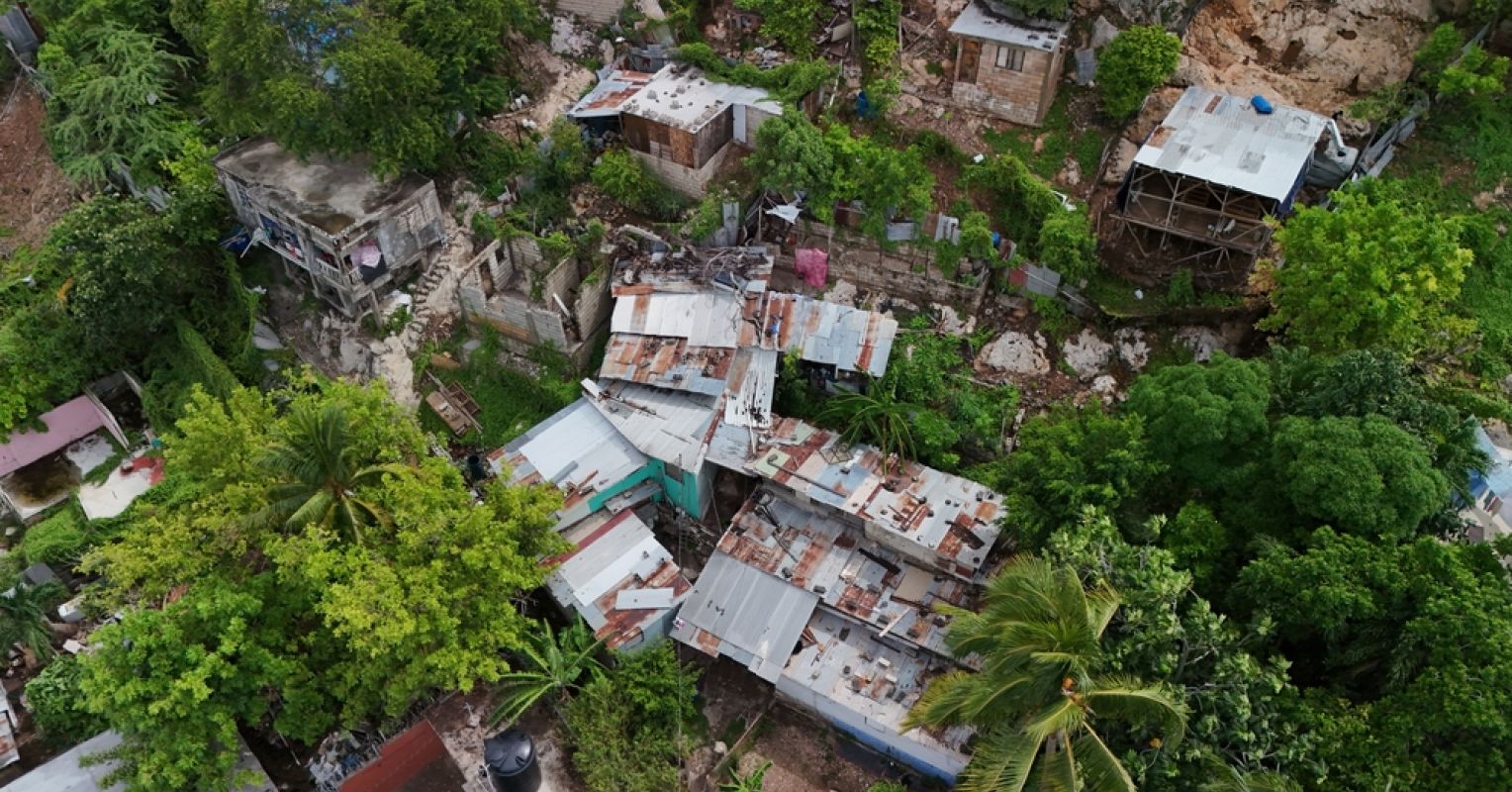Defining the Terms of Sexual Assault
The first step in helping patients who are survivors of sexual trauma is allowing them to choose the words they may want to use to describe their experience. Many survivors come to sex therapy for sexual disorders like Genito-Pelvic Penetrative-Pain Disorder, Anorgasmia, or lack of desire. They may come individually or with their romantic partner because their sex life has been lacking, or at times a movement will trigger a violent reaction in the survivor.
According to RAINN, sexual assault is defined as sexual contact or behavior that occurs without explicit consent of the victim. Some forms of sexual assault include:
- Attempted rape
- Fondling or unwanted sexual touching
- Forcing a victim to perform sexual acts, such as oral sex or penetrating the perpetrator’s body
- Penetration of the victim’s body, also known as rape
These acts include situations where the victim is incapable of giving consent due to incapacitation, age, or disability.
When a Survivor Refuses to Use the Terms Trauma or Assault
It can be a delicate clinical situation when a client states they have experienced something that is non-consensual, but doesn’t identify it as an assault or trauma. The decision and specific request by the client not to use these terms during therapy sessions can stem from a variety of reasons:
- Deep shame and guilt over what they consider their fault in the experience
- Disassociation of the experience(s) that have been repressed and compartmentalized
- The normalization of certain behaviors in some communities
- Confusion about the depth and meaning of words and non-verbal communication needed to give consent
- Internalized societal expectations based on sexist, racist, and homophobic tropes.
Even if a sexual assault survivor doesn’t identify their experience as sexual trauma, researchers and clinicians understand that it causes or worsens Mental health problems. A 2020 systemic review and analysis on women who have experienced sexual assault indicates that they are more likely to experience psychological disorders such as post-traumatic stress, depression, anxiety, and social adjustment issues. When general therapists begin treating a survivor, it’s critical they are not only sexual trauma-educated, but sexuality-educated and erotically-informed. Why? In order to help survivors not only heal from their trauma but also engage in consensual romantic and/or sexual experiences in the future, a therapist will need to be informed and experienced in how to ask the right questions, offer appropriate interventions, and understand how to educate the client around sexuality at the developmental stage and pace they are ready for.
Initial Psychoeducation Therapists Can Utilize With Clients in Trauma-Informed Sex Therapy
While some general therapists feel like it’s their duty to tell a client what occurred to them is rape, abuse, or assault, the more trauma-informed sexuality-educated therapist will initially let the client set the pace of therapy and ask them what words they would like to use. Agreeing to use the terms they choose is one of the first steps to create a trusting alliance.
One of the next interventions is offering a client an opportunity to learn more about the body/mind connection in the aftermath of non-consensual/unwanted/invasive/coercive sexual behavior. If they accept, it’s critical for the therapist to remind them they can stop the information giving at any point if they feel overwhelmed or physiologically triggered. The trauma research is then offered as psycho-education. First is an introduction of the 4Fs of traumatic responses as it relates to everyday interactions and sexual experiences:
- Fight: pushing a partner away, tight jaw, feeling a pit in one’s stomach, urge to punch, suddenly without warning screaming at a partner during sex.
- Flight: getting up and leaving, over exercising, tingling in arms and feet, avoiding situations of physical touch or initiation of any affection that could progress into a sexual or erotic encounter.
- Freeze: pounding heart, body feeling leaden, pale skin, decreased heart rate, maintaining one’s body in a limp, passive mode during the sexual experience.
- Fawn: complimenting a partner, over inflating how much one enjoys the sexual stimulation the partner is giving them, faking orgasms, ensuring the other person is satisfied with the whole sexual scenario.
Any of these reactions often includes the experience of disassociation, which is the experience a person has when their psyche emotionally “leaves” their body. While the client may be aware that they have done this, their partner(s) past or current might not pick up on it. The next step of psychoeducation involves explaining how the different parts of the brain react during and after an experience in which they felt fear for their safety. Explain how brain scan research has shown us that the frontal lobe, responsible for logic, planning, decision-making etc. shuts down when a person is triggered. The amygdala, located in the middle of the brain, sounds an alarm that immediately activates the brainstem in the back of the brain into one of the 4F reactions.
Another intervention is to ask the client if they would like to read, listen to, or watch some more educational information about common physical reactions clients have to negative/traumatic/non-consensual/assault sexual experiences. This is a way of both normalizing the symptom clusters experienced by many sexual trauma survivors while also providing a wide span of unique reactions that a person might have. Gradually, a client will begin their own conceptualizing and find the words that resonate best with what was done to them.
Part of the psychoeducation includes defining terms like small ‘t’ and Big ‘T’ trauma. The way we differentiate between small ‘t’ and Big ‘T’ traumas is as follows:
- Big ‘T’ trauma includes war, natural disasters, severe accidents, physical or sexual assault, and other catastrophic events that pose a serious threat to one’s physical or emotional health.
- Small ‘t’ trauma includes emotional and psychological abuse, bullying, financial abuse, sexual guilt, constant criticism, sexual coercion, taunting or humiliation, gaslighting and infidelity.
Depending on the client’s experiences, including those outside of their sexual trauma, they could have had many types of boundary crossings, and identify with both types of trauma. Once this point has been reached, you can introduce the somatic inquiry interventions, to be covered in my next post.













